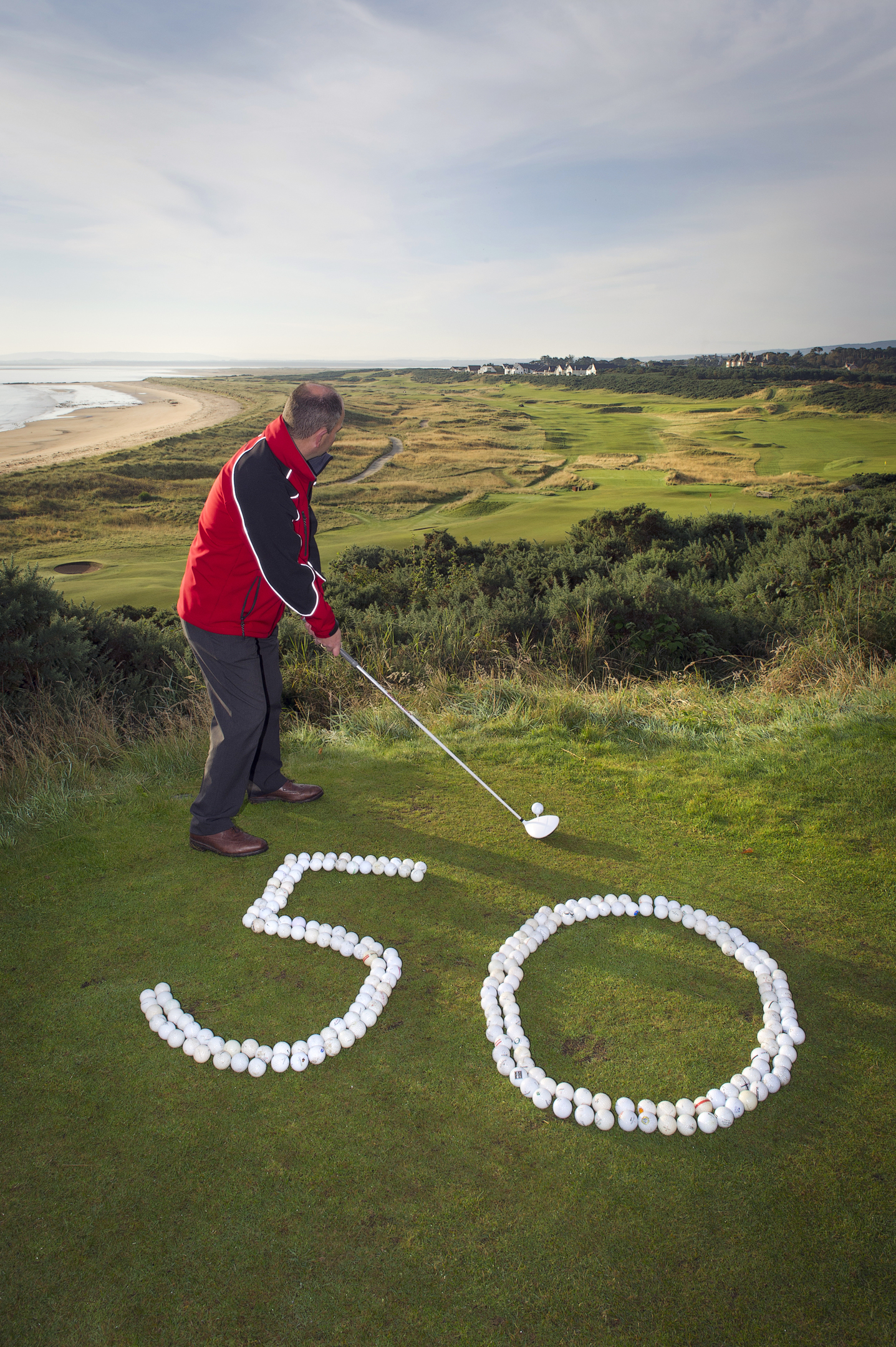A development agency set up in an attempt to solve “the Highland problem” is celebrating its 50th anniversary this weekend.
The Highlands and Islands Development Board (HIDB) was established on November 1, 1965 in an attempt to tackle the region’s high unemployment and dwindling population.
The agency subsequently became Highlands and Islands Enterprise (HIE) and is now responsible for supporting more than 600 businesses and 44 communities across the north.
It claims to have played a part in growing the population by more than 20%, while employment levels have risen and unemployment is below the national average.
HIE chief executive Alex Paterson said that one of the biggest developments in the agency’s time so far has been public perception of the north.
He said: “There was always a feeling among people, especially young people, if you wanted to get on then you had to get out of the Highlands.
“That’s not the case any more, all our research says that.”
When HIDB was set up in 1965 the north’s population stood at 381,000, while the most recent available figures showed that in 2014 it stood at 469,000.
Mr Paterson said that the “Highland problem” of population decline and a lack of jobs had been largely addressed but said that there would remain a need for the public sector agency.
He said future aims included the continued development of Inverness Campus, improved communications links across the Highlands and growing the renewables sector.
HIE chairman Professor Lorne Crerar said: “As we look to the future our focus is not on ‘the Highland problem’ but on seizing Highlands and islands opportunities.
“We need to continue investing in facilities such as broadband technology, development sites and premises such as the Inverness Campus and European Marine Energy Centre, and transport connections.
“We also need to encourage the use of cultural assets such as Gaelic and landscapes to promote the Highlands and islands as a prime location for business, for university education and for tourism, and as a place of choice in which to live, work study and invest.”
